The Impact of Anime on American Media: An In-depth Analysis of Cross-Cultural Influence

Introduction
What is Anime?
Anime refers to hand-drawn or computer animation originating from Japan. It has a very distinctive style and covers a wide range of genres and target audiences. Anime is characterized by vibrant colors, imaginative characters and storylines, and dramatic expressions. Some of the most popular anime genres include action, adventure, comedy, drama, romance, science fiction, horror, and fantasy.Unlike most Western cartoons which are primarily aimed at children, anime is popular among various age groups in Japan and around the world. Anime targets both young and mature viewers. Many anime series and films broach philosophical and social commentary themes including human nature, purpose, mortality, and identity.
Some of the most well-known anime worldwide include Dragon Ball, Naruto, Attack on Titan, One Piece, Demon Slayer, Death Note, My Hero Academia, and Studio Ghibli films like Spirited Away, and Pokémon.
Popularity of Anime Outside Japan
Anime has spread worldwide over the past few decades and generated strong enthusiasm beyond Japan. According to a 2021 estimate, the global anime industry is valued at around $24 billion. The popularity of anime can be attributed to its imaginative storylines, relatable characters, thought-provoking themes, and ability to evoke various emotions in viewers.Outside Asia, anime has developed a large following in Western countries including the United States, Canada, the United Kingdom, France, Germany, Spain, and Italy. Anime conventions attract millions of attendees annually in the West. Furthermore, major video streaming platforms like Netflix and Crunchyroll have extensive anime libraries to cater to viewers outside Asia.
The anime art style has also greatly influenced cartoon, comic, and animation works produced in the West and other parts of the world. Western audiences are drawn to the unique aesthetics and sensibilities of anime.
The Influence of Anime on American Media
Brief History of Anime in America
Japanese anime first arrived in the United States in the 1960s. Astro Boy was one of the earliest anime TV series to air in the US in 1963. Through the 1970s and 1980s, more anime titles like Kimba the White Lion, Speed Racer, and Robotech found their way onto American television.In the 1990s, the anime market exponentially grew in North America with the release of popular series like Sailor Moon, Dragon Ball Z, Pokémon, Rurouni Kenshin, and Neon Genesis Evangelion on TV and VHS. This boom was known as the "anime invasion." The 2000s saw an even greater surge in anime's popularity in the West with hit shows like Naruto, Bleach, and Death Note.
Today, anime is readily accessible to American audiences on cable channels like Adult Swim and Disney XD, and streaming platforms such as Crunchyroll, Funimation, Netflix, and Hulu. Anime has become a mainstream part of youth culture and entertainment in the US, and it constantly grows in popularity on almost a yearly basis for not just Americans but tons of people in the Western world.
Anime's Impact on American Animation
Collaboration between American and Japanese Studios
There has been significant collaboration between American and Japanese animation studios in co-producing content. For instance, the widely popular Power Rangers franchise was adapted from the Japanese Super Sentai series. The Transformers series was also co-produced by American and Japanese studios which led to its global success.These collaborations have allowed anime tropes and styles to be incorporated into American cartoons and comics. It has led to a blending of Eastern and Western styles and sensibilities.
Influence on American Animators
Many American animators have admitted to being influenced by anime. Western cartoons like Avatar: The Last Airbender, Teen Titans, and RWBY borrow heavily from anime in their visual aesthetic and narrative style. The works of legendary Japanese animator Hayao Miyazaki have impacted numerous American storytellers and filmmakers like John Lasseter.Beyond direct stylistic influences, anime has inspired Western animators to experiment with genres, themes, and animation techniques outside the realm of conventional American cartoons.
Cultural Influence of Anime
How Anime Reflects Japanese Culture
Many anime and manga works derived from Japan incorporate elements of Japanese culture, history, mythology, values, and aesthetic traditions. For instance, the ninja genre in anime/manga reflects Japan's actual medieval ninja tradition and martial arts.Anime set in contemporary Japan like Tokyo Godfathers and Steins; Gate provides a window into modern Japanese society. Historical anime like Rurouni Kenshin and Samurai Champloo are inspired by Japan's Edo period. Anime aimed at adults often references Japanese literature, poetry, and theater like the works of Murasaki Shikibu.
Visually, anime/manga character designs, settings, clothing, and color schemes bear the influence of traditional Japanese art and fashion.
Anime and the Portrayal of Traditional Japanese Values
Respect for Elders
Respect for elders and authority figures is a defining trait of Japanese culture that often manifests in anime plots and characterizations. For example, in Naruto, the young ninjas (known as genin) defer to their sensei Kakashi Hatake. In Spirited Away, the protagonist Chihiro respects the authority of the witch Yubaba who rules the spirit realm.Hard Work and Loyalty
The Japanese values of perseverance, hard work, and loyalty are conveyed through many anime franchises. For instance, the ninjas in Naruto persistently train to master new skills and techniques to get stronger. The protagonist of My Hero Academia (Izuku Midoriya) tenaciously strives to become a superhero despite lacking natural abilities (named quirks) compared to his peers.Specific Cultural Characteristics
Anime also portrays unique aspects of Japanese culture like onsen (hot spring) baths, summer festivals, shrines and temples, school life, food culture, and Japanese traditions like bowing, removing shoes indoors, sitting on tatami mats, etc. Hence, anime immerses viewers in many elements of Japanese life.Anime as a Cultural Bridge
How Anime Introduces Japanese Culture to the Western World
For many viewers outside Japan, anime has served as their first exposure to Japanese culture and the country Japan as a whole. Anime has sparked interest among Western audiences to learn more about Japan's history, traditions, societal values, and belief systems.By subtly weaving in cultural references, anime provides international viewers with insights into the Japanese way of life. For instance, the supernatural elements in anime stem from Japan's indigenous Shinto and Buddhist beliefs.
Anime has also popularized Japanese culinary dishes like ramen, onigiri, and mochi overseas. Live-action adaptations of anime like Ghost in the Shell and Rurouni Kenshin have further enhanced Western understanding of Japan's past and present.
The Role of Anime in Globalizing Japanese Traditions
Along with introducing Japanese culture worldwide, anime has also led to many of its traditions getting assimilated into global pop culture. For example, manga/anime conventions are now organized all over the world where fans dress up in cosplay costumes and participate in activities modeled after Japanese festivals.Anime terminology like kawaii (cute), desu (casual copula), baka (fool), otaku (anime geek), and common Japanese honorifics like -chan, -kun, -senpai are now widely used by youth internationally, reflecting anime's cultural imprint. Anime has also made Japanese food like sushi, ramen, and matcha tea trendy across the globe.
Thus, anime has been a vital force in promoting Japanese soft power worldwide and disseminating many aspects of Japanese pop culture internationally, especially among young people.
The Impact of Anime on American Society
The Reception of Anime in American Society
Initially, anime was perceived as a niche interest in America, often dismissed as low-brow children's entertainment. But from the 1990s onwards, the anime market rapidly expanded in the West with shows like Dragon Ball Z and Sailor Moon becoming hugely popular among American youth.As the anime fanbase grew, major Hollywood studios took note and began importing, licensing, and adapting anime into live-action American films and animation for wider appeal. The anime subculture became more mainstream though still viewed as unconventional by many.
Overall, the reception of anime in American society has been a mixed bag. While some appreciate it as an art form, others continue to harbor misconceptions and stereotype it as weird or perverse.
The Influence of Anime on American Youth Culture
Anime has profoundly impacted American youth culture. For many young people, it was their entry point into appreciating animation as a serious art form versus just children's entertainment. Anime fandom gave rise to influential youth subcultures in the West.Anime conventions, manga bookstores, cosplay groups, and fan clubs have become social hubs for American youth to express their shared interests. Stylistic elements of anime also filtered into Western graphic art, fashion, and video games.
Series like Dragon Ball Z and Yu-Gi-Oh spawned collectible cards and video games that became a staple of the American gaming industry. On the flip side, some critics argue that anime has promoted materialism and consumerism among youth.
Nonetheless, for better or worse, anime has carved a permanent niche within American youth culture.
Case Studies of Anime Influence
The Transformers: A Collaborative Success
One of the biggest American anime franchises is Transformers which originated as a line of transforming robot toys in Japan before being developed into an animated series by Japanese studio Toei Animation. American toy company Hasbro then collaborated with Toei to produce a combined cartoon series.Transformers went on to gain immense popularity in the 1980s across international markets including North America, Europe, and Australia. The anime-inspired animated series boosted merchandise sales and spawned comic books, video games, and Hollywood live-action movies.
Transformers demonstrated early on how anime's storytelling and mecha robot themes could be merged with American branding and sensibilities for global commercial success.
Other Notable Influences of Anime in American Media
Many Hollywood blockbusters have drawn inspiration from anime. The Matrix took cues from Ghost in the Shell while James Cameron's Avatar mirrored Princess Mononoke. Inception's dream infiltration concept was likely inspired by Paprika. Pacific Rim's giant robots fighting kaiju monsters were reminiscent of Evangelion.On American television, Avatar: The Last Airbender adopted anime's style of elemental magic martial arts. Batman Beyond's cyberpunk setting ateenageged hero echoed anime influences. Anime has also influenced video games like the Final Fantasy and Metal Gear Solid series.
Overall, anime has supplied numerous American movies, shows, and games with culturally specific ideas to adapt and expand upon for mainstream Western audiences.
Conclusion
Final Thoughts on the Cross-cultural Influence of Anime
In conclusion, the rise of anime and its spread to the West represents a fascinating cross-cultural exchange. Anime has not only entertained American audiences but also challenged their preconceptions through its thought-provoking themes and unique aesthetics. Through anime, many Westerners have gained their first appreciation of Japan as a culture. At the same time, by skillfully blending Eastern and Western styles and sensibilities, anime has managed to find a universal appeal. Anime has left a definite imprint on American animation, live-action films, video games, graphic novels, and youth culture. Despite early misconceptions and prejudice, anime has carved a niche as a celebrated art form in the West. The global anime fanbase continues to grow as people discover that many of the universal truths about human nature and relationships resonate across cultures. Anime demonstrates that stories are a powerful means of fostering cross-cultural dialogue and empathy. Through masterful storytelling, anime has succeeded in entertaining audiences worldwide, while subtly introducing Japanese customs, history, and values.As a visual medium, anime can transcend language and cultural barriers. Its messages and symbolism are conveyed through evocative animation and compelling characters. Anime represents soft power public diplomacy at its finest, engendering goodwill and mindshare for Japan throughout the world. While some anime does play to niche tastes and sensibilities not shared by all, there remains a universality to many of its themes and emotions. The humanism and thoughtful approach of anime continues to inspire animators and storytellers worldwide. Anime has shown that animation is not just kids’ stuff but also a medium for exploring the human condition.











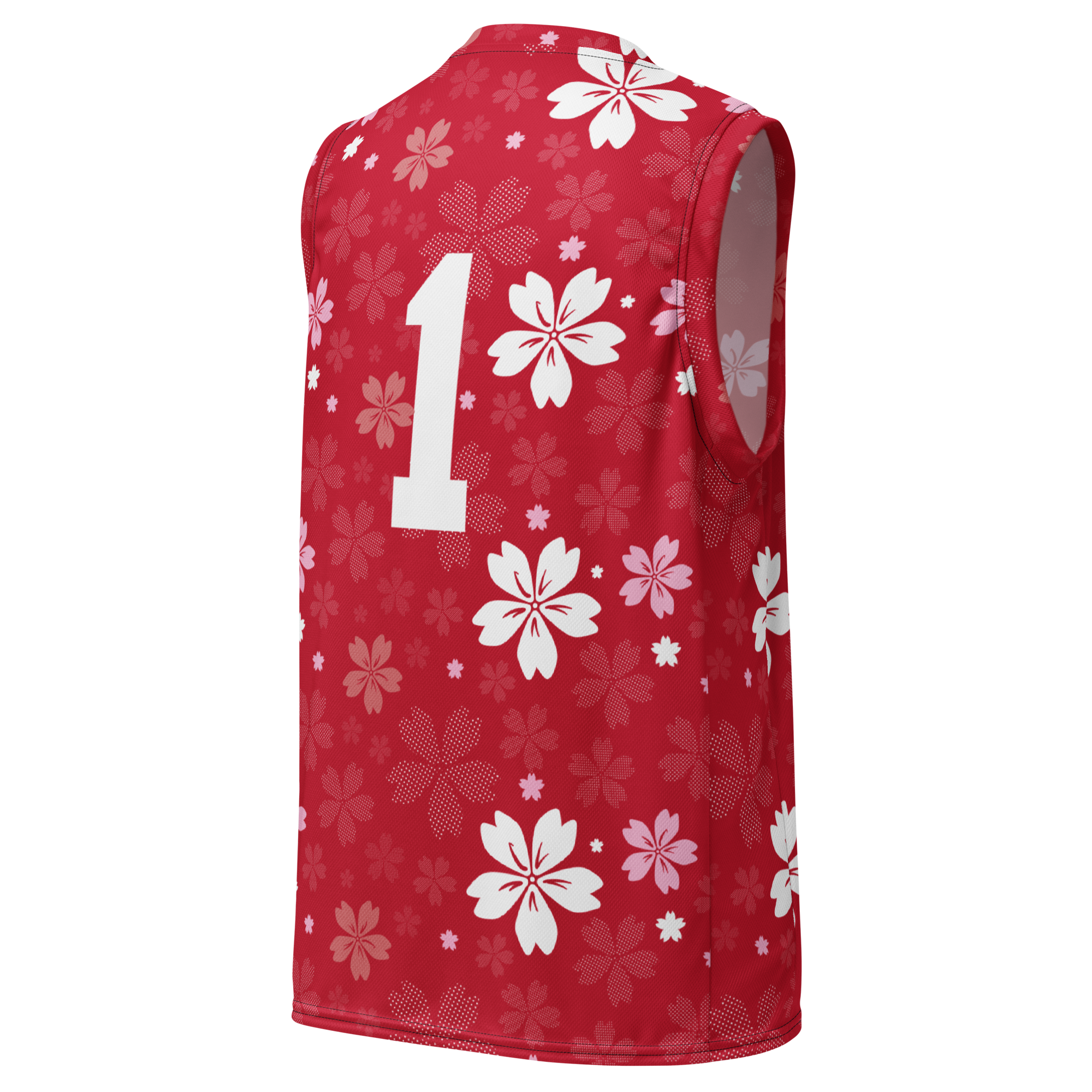

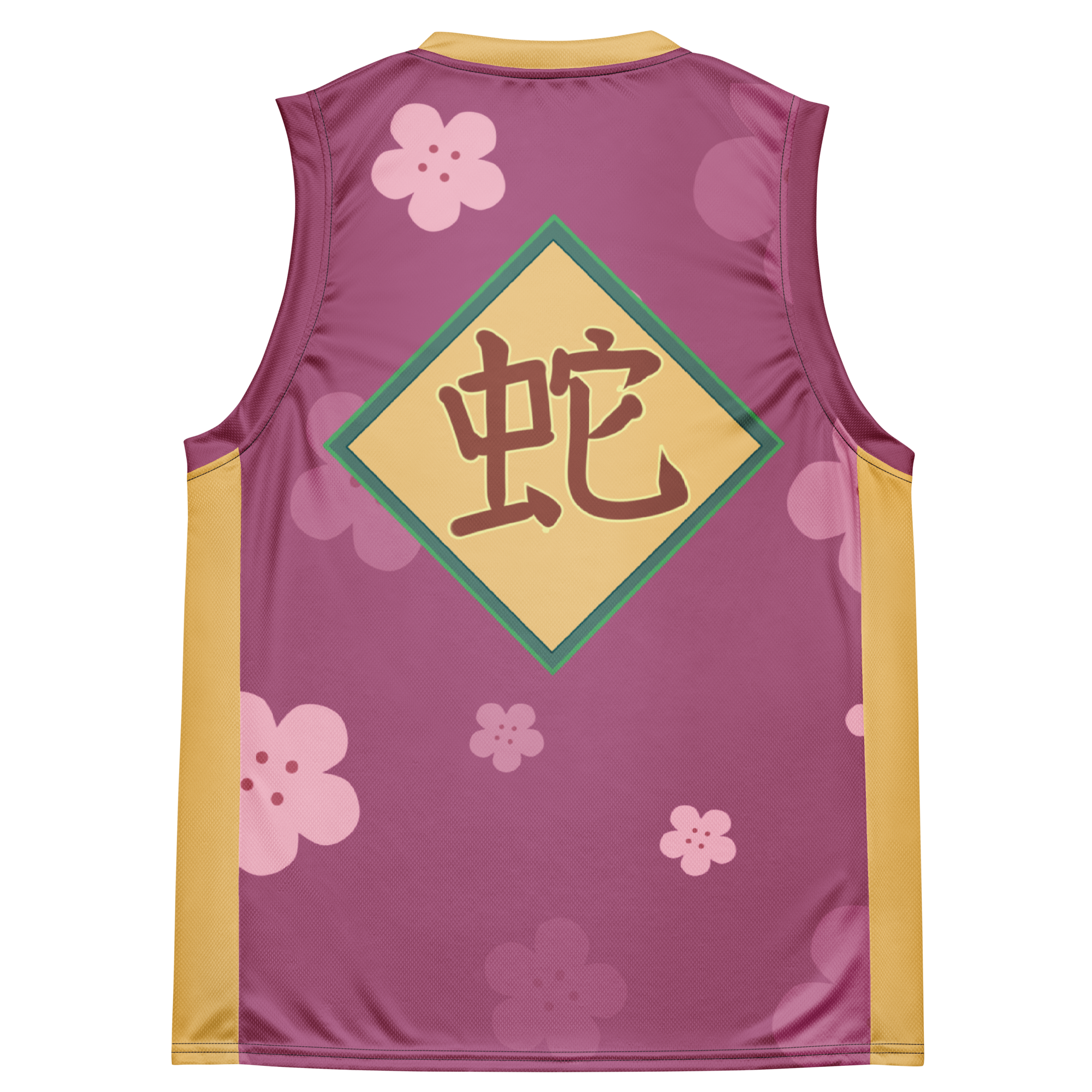
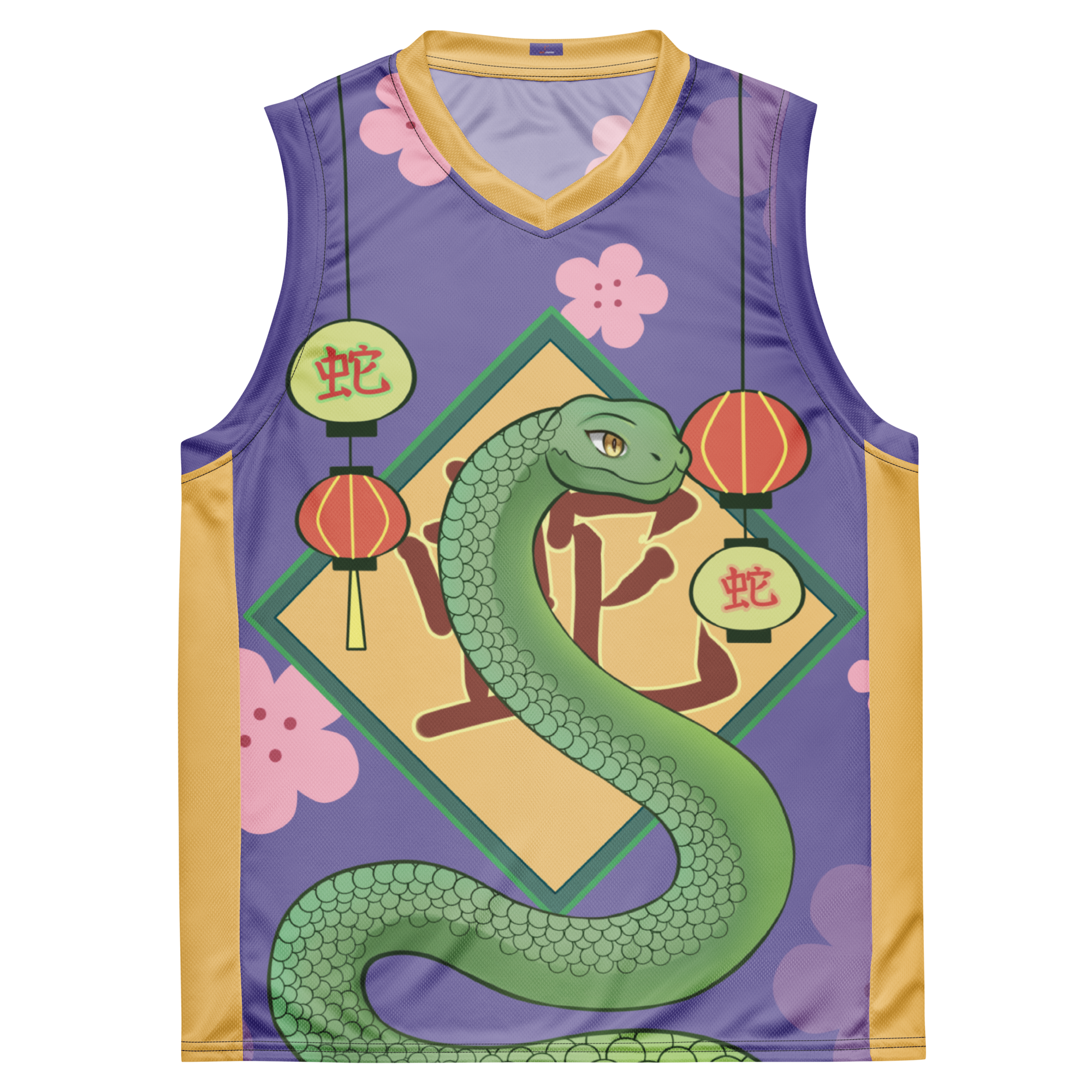
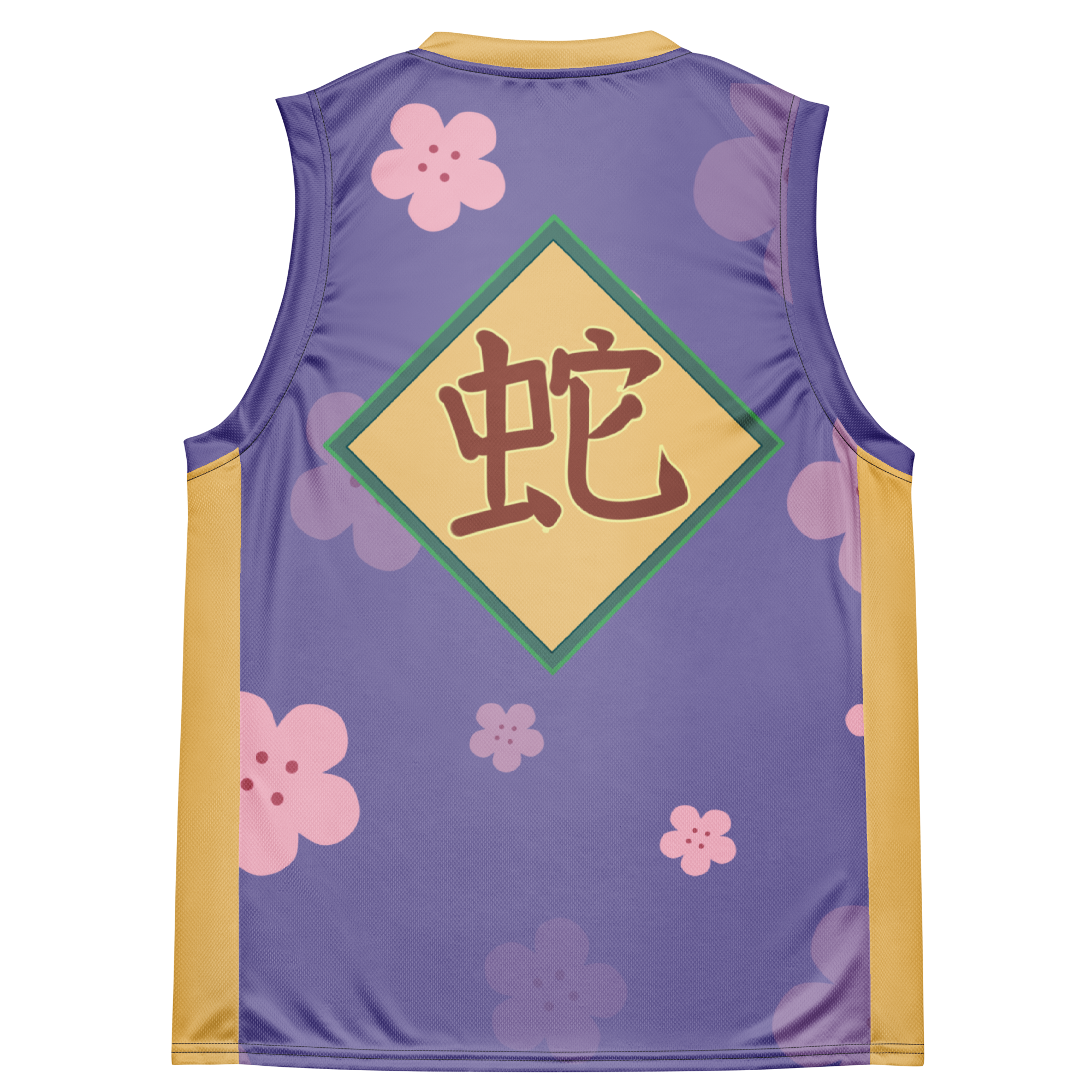

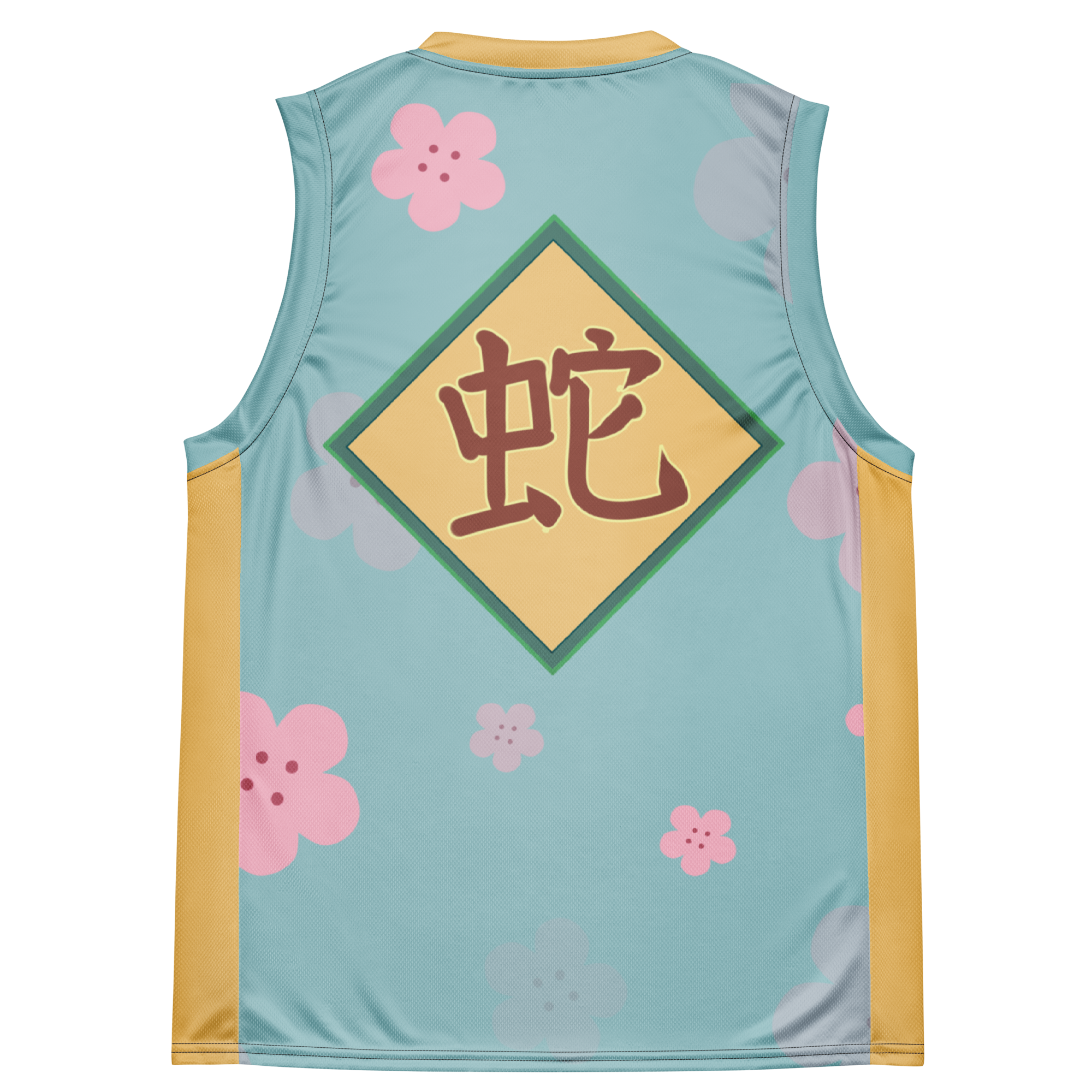
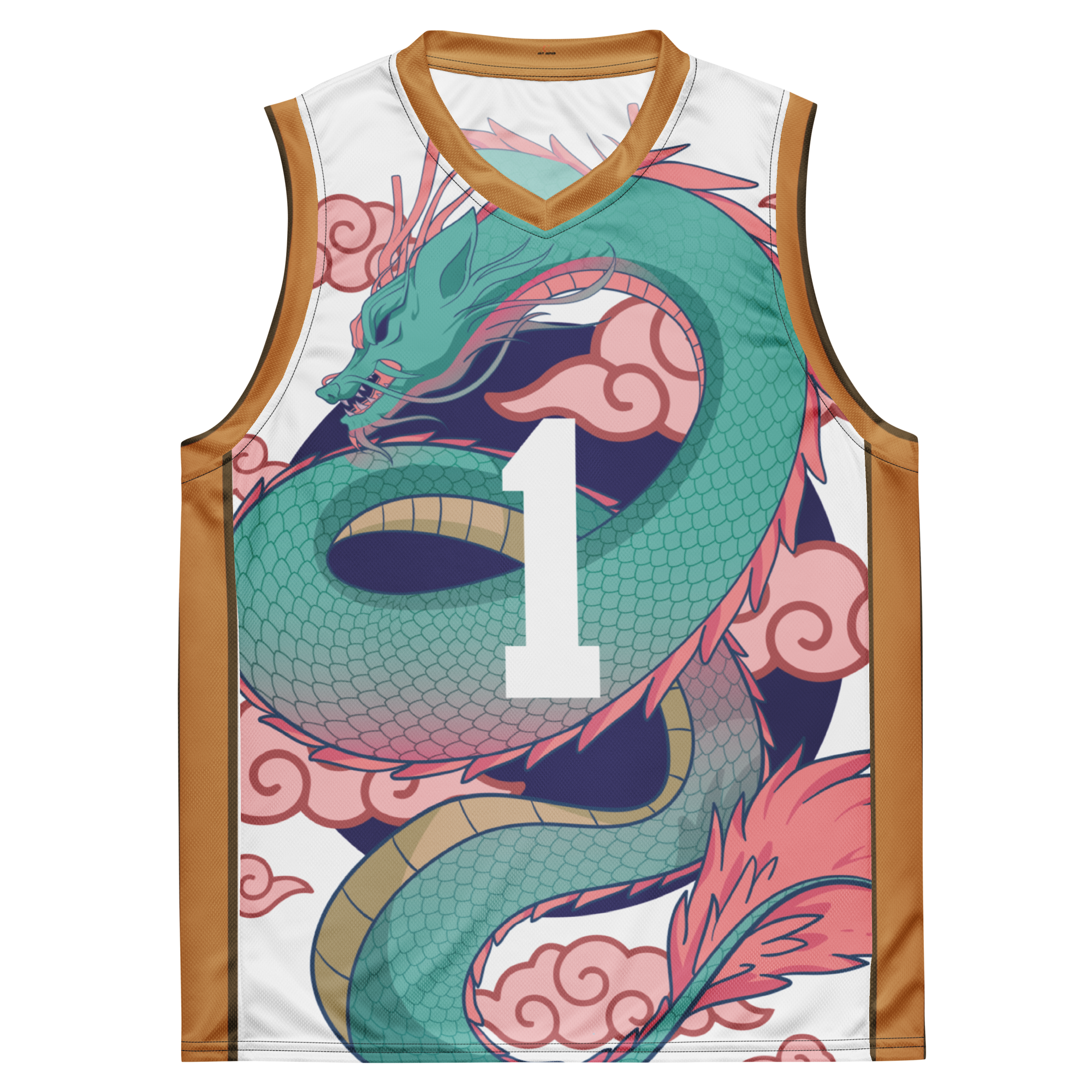
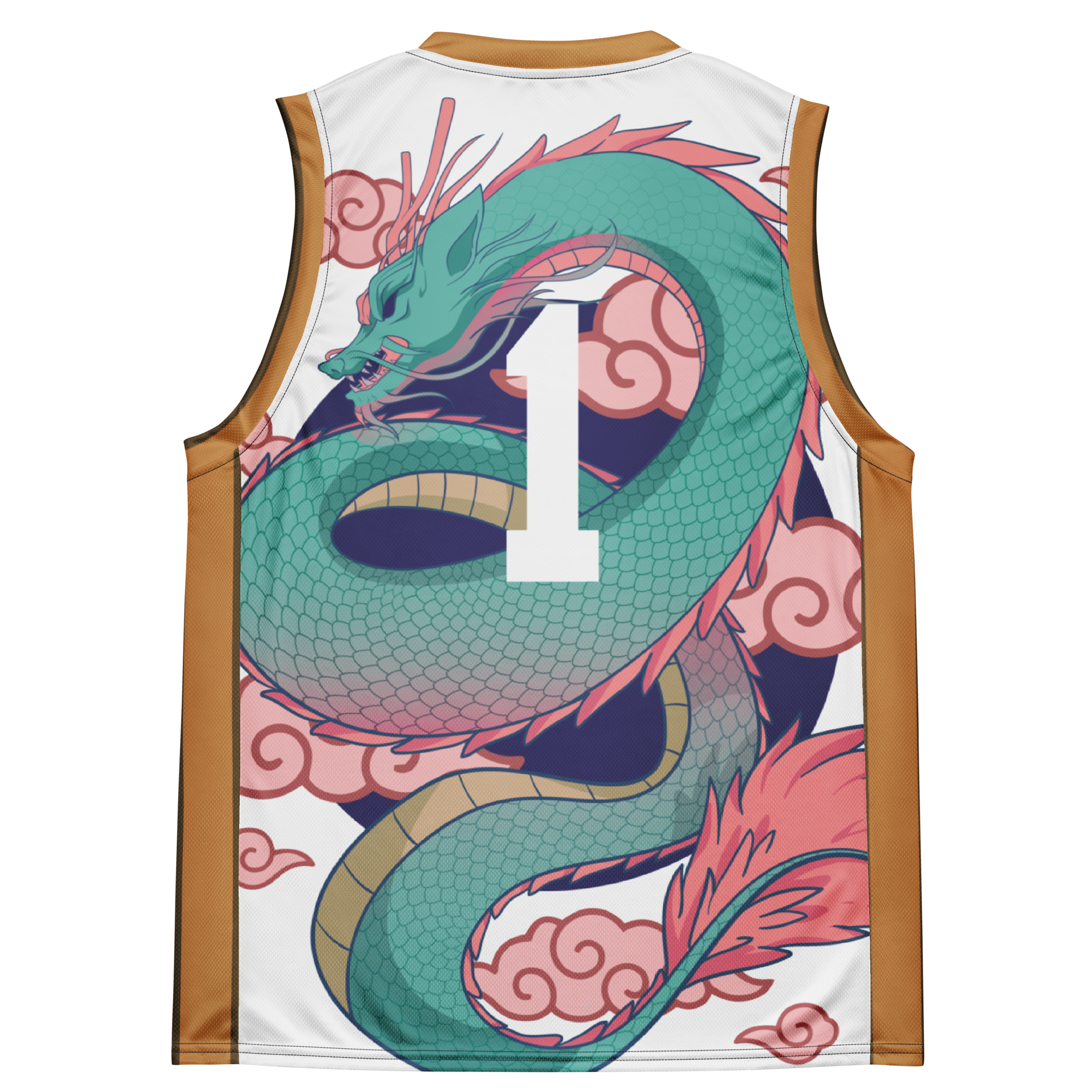
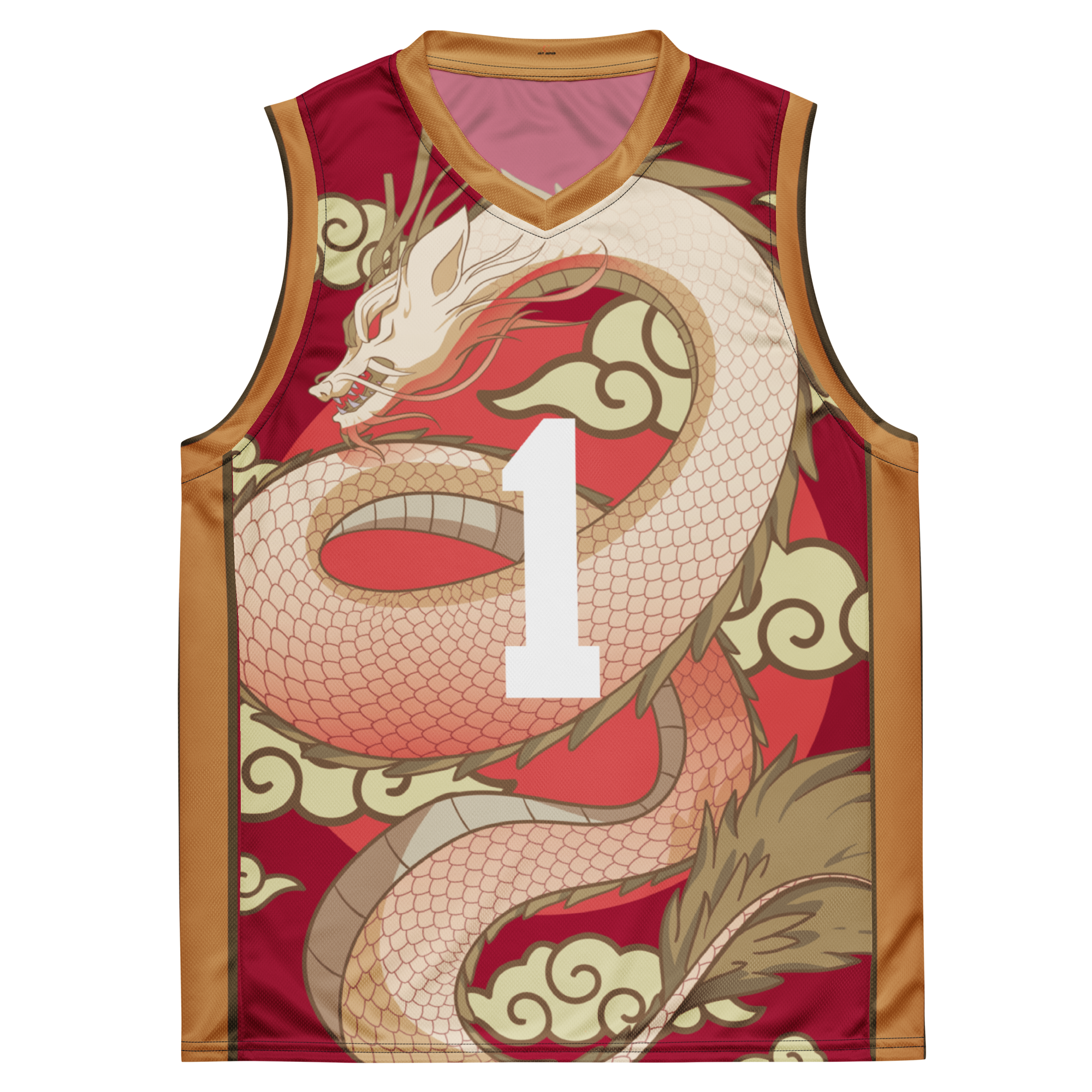
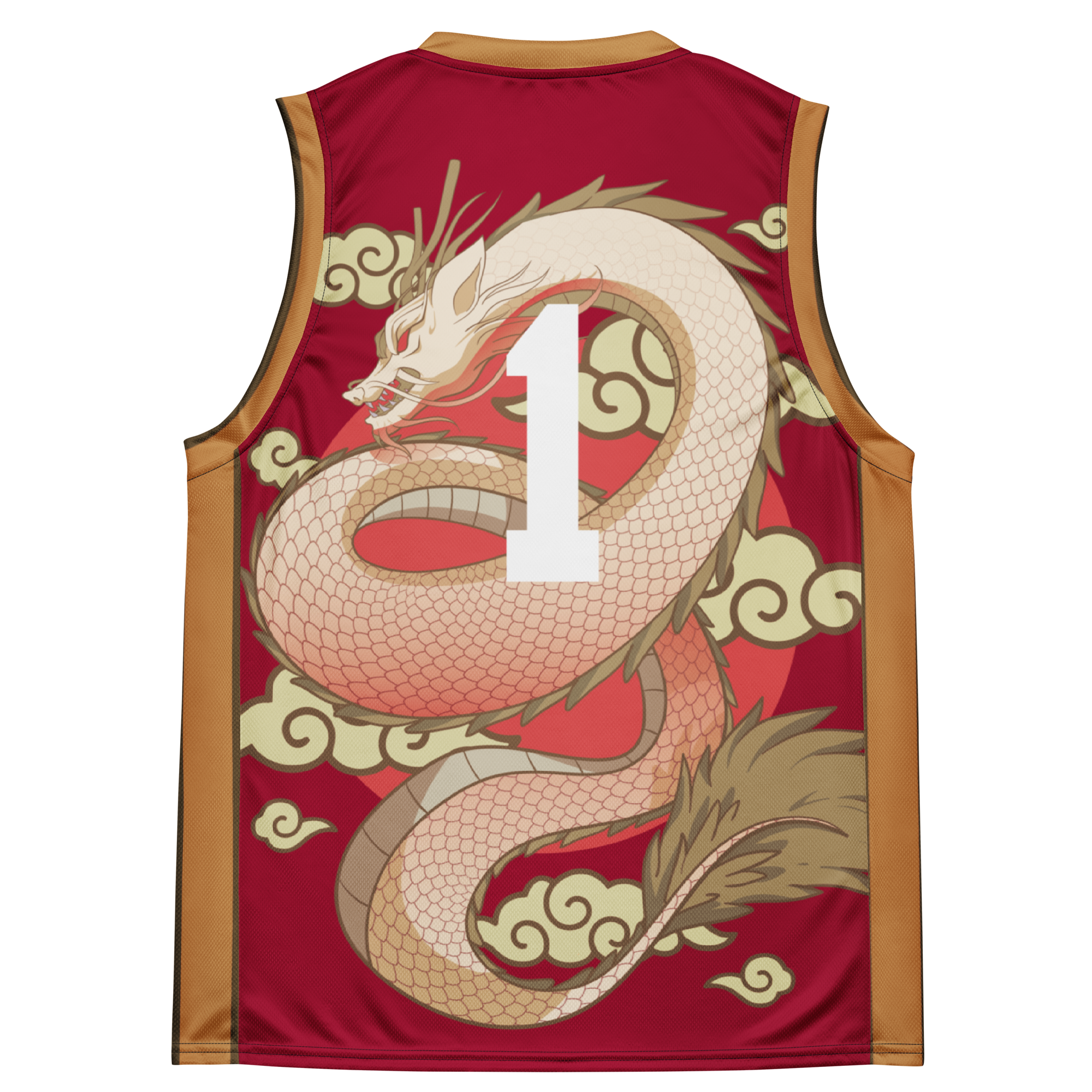
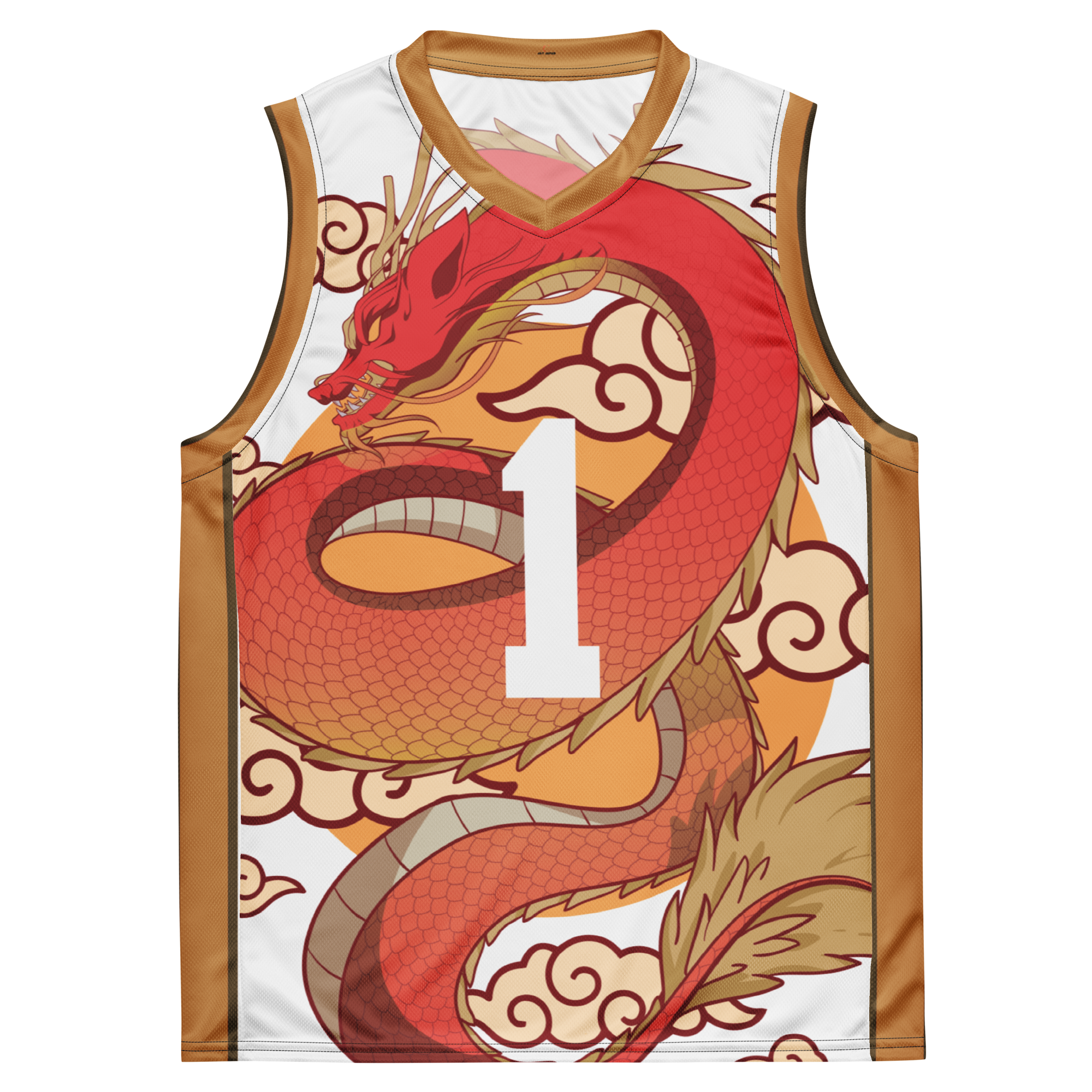
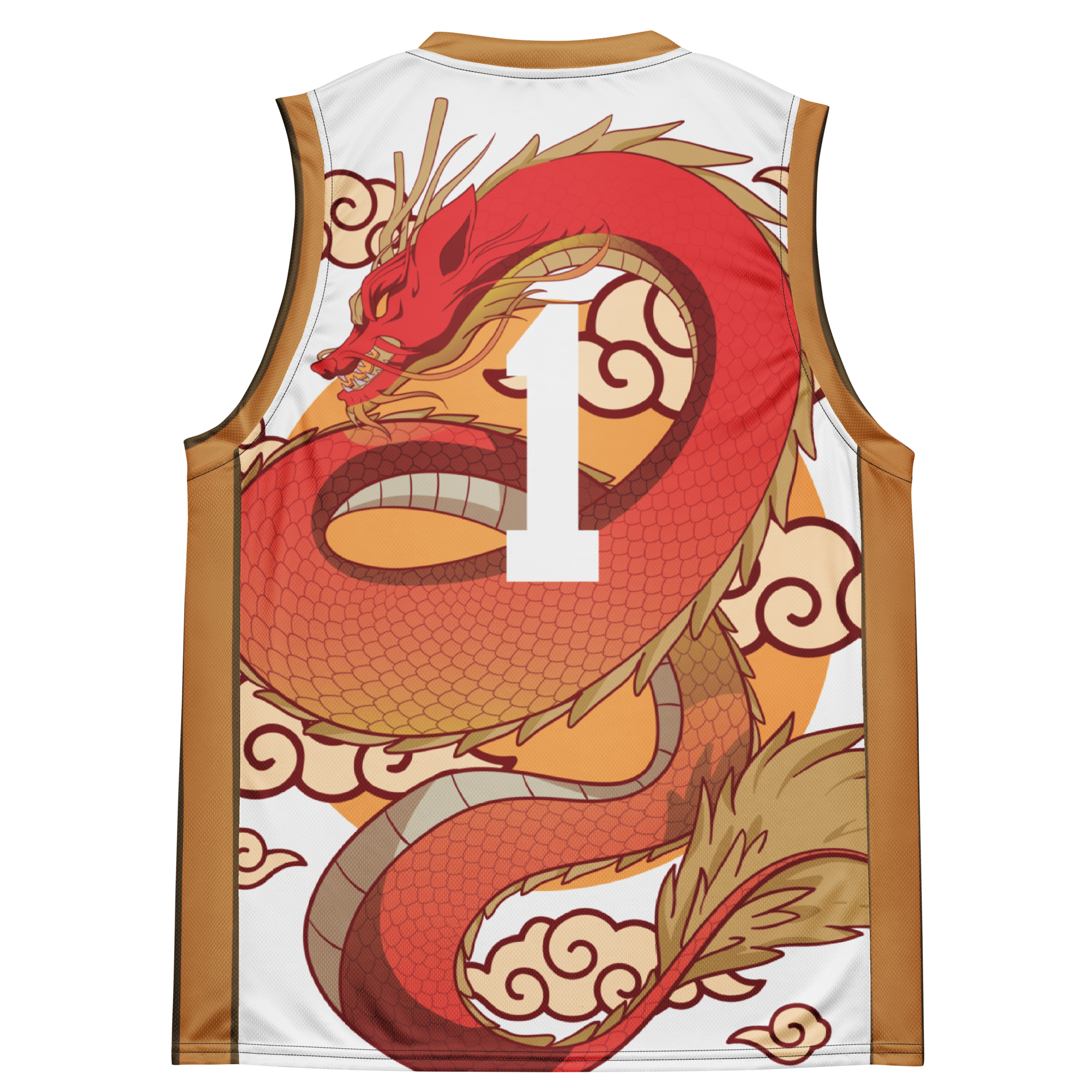





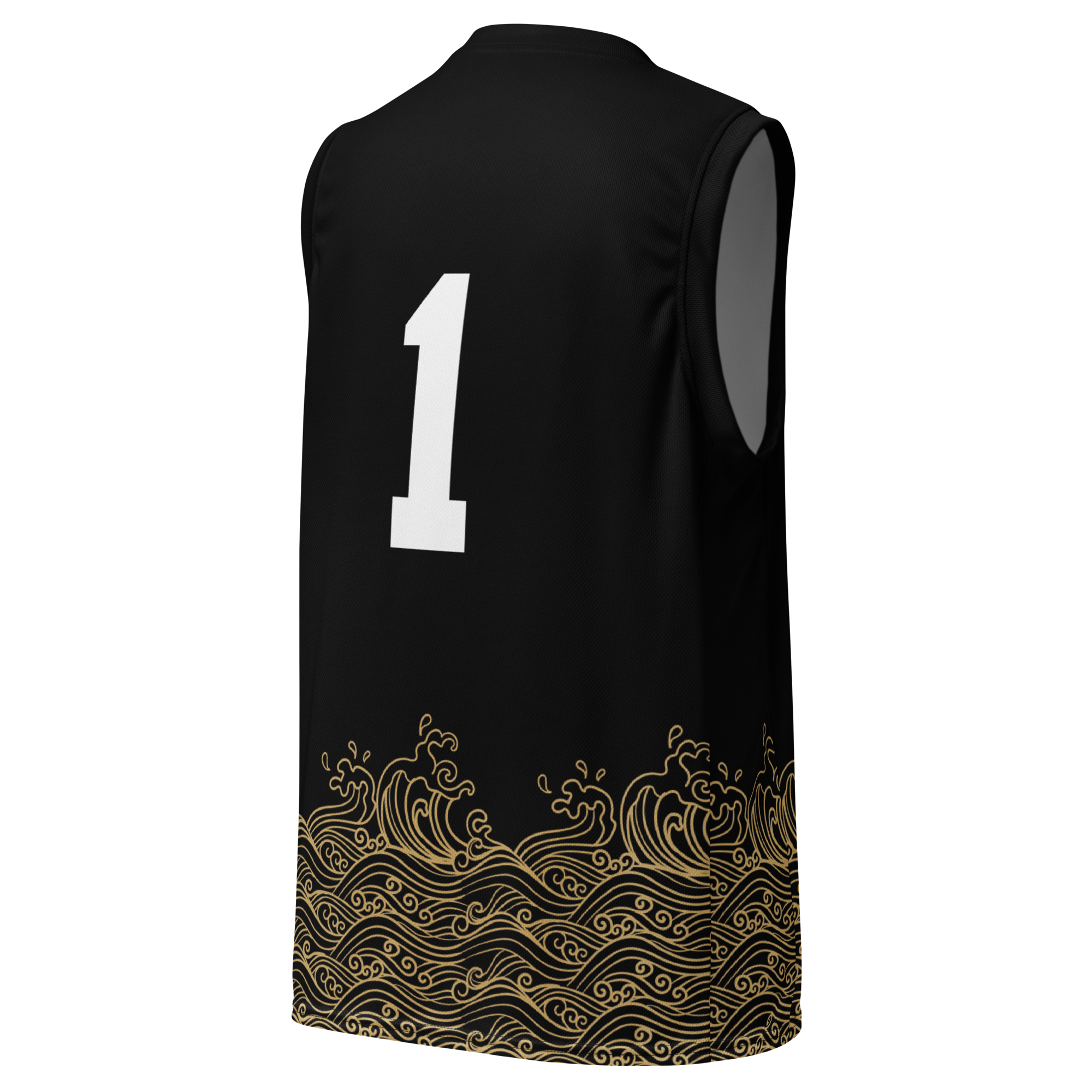
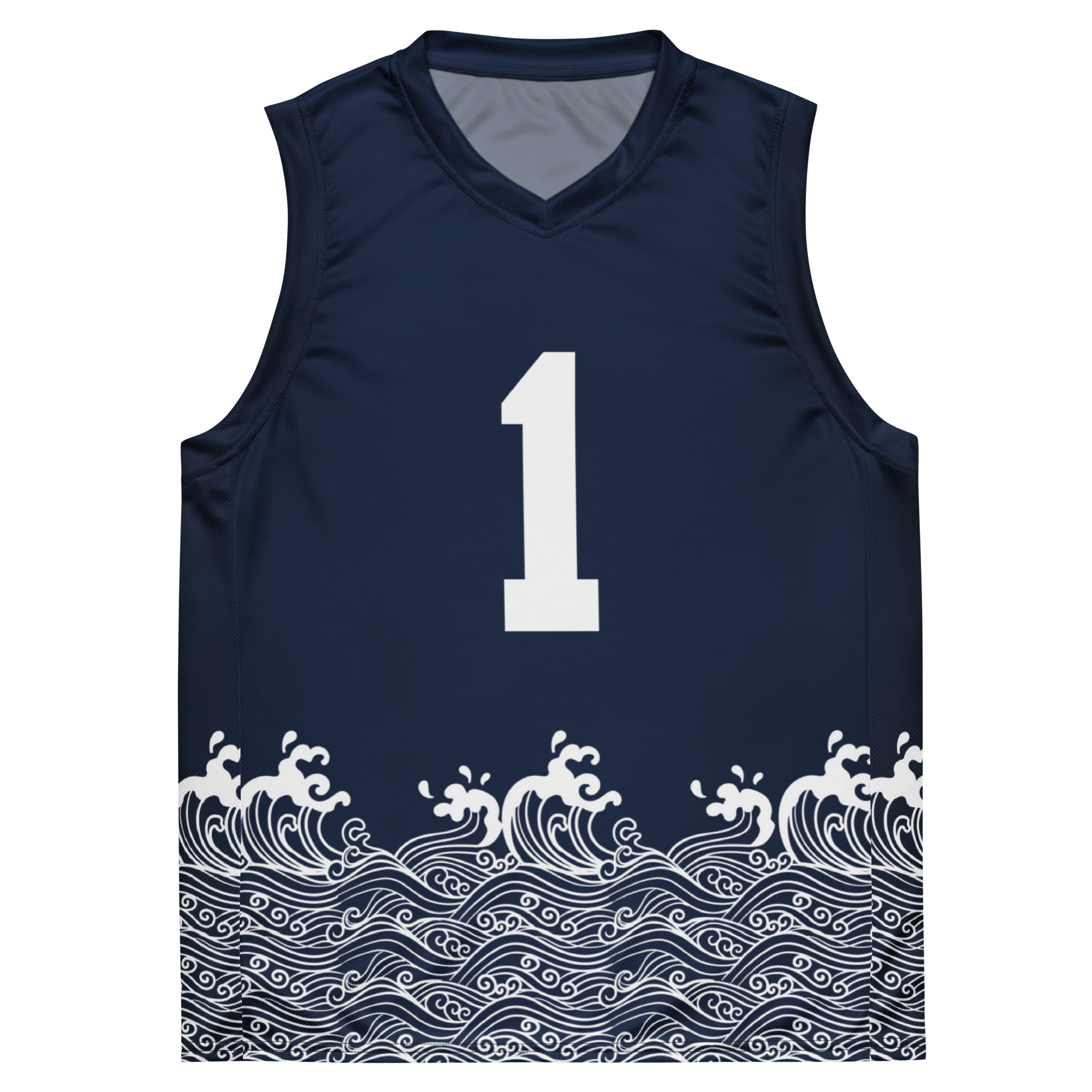



Leave a comment